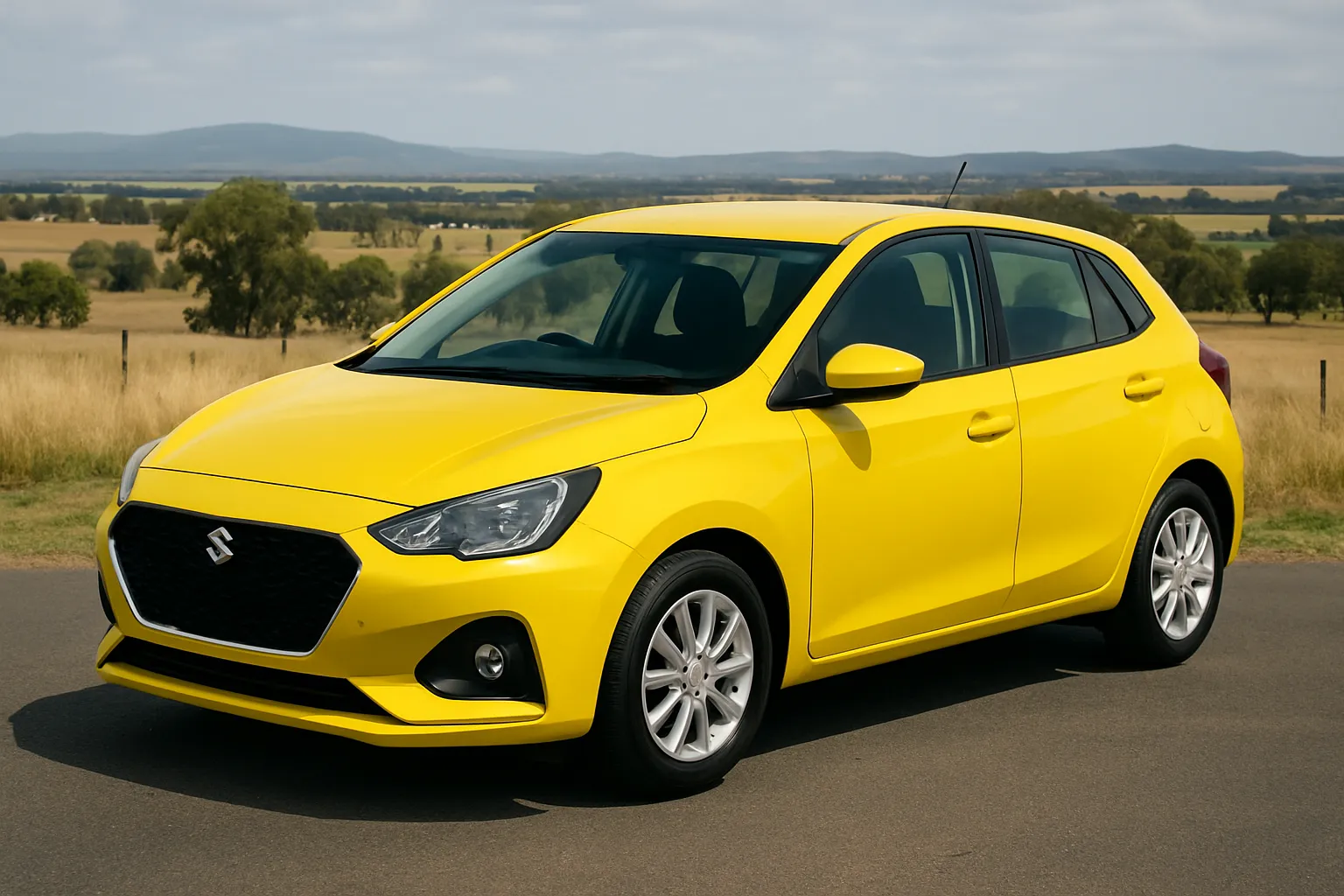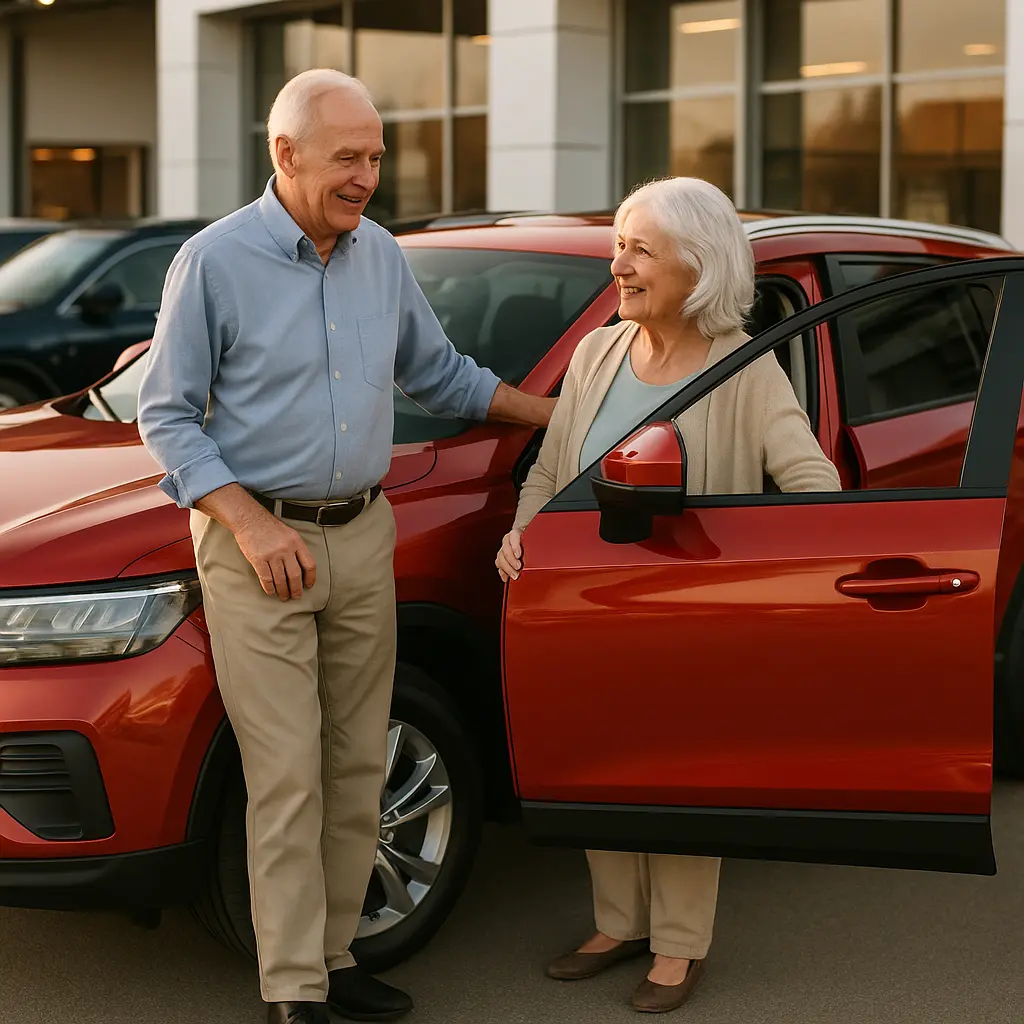Most Fuel-Efficient Petrol Cars You Can Still Buy in Australia – 2025 Guide
Introduction: Petrol Isn’t Dead Yet
Despite the push for electrification, petrol-powered vehicles remain a critical choice for many Australian buyers in 2025. Whether you're in a rural town with minimal charging infrastructure, a budget-conscious driver, or someone who simply prefers the convenience and familiarity of petrol cars, there's good news — fuel-efficient petrol cars still exist and thrive.
In this blog, we’ll walk you through:
Why petrol cars still matter
The top fuel-efficient petrol cars in Australia for 2025
Detailed specs, real-world fuel consumption, and pricing
Ownership tips to maximise efficiency
Let’s explore which ones deliver the best km-per-litre value.

Why Choose a Fuel-Efficient Petrol Car in 2025?
Even with hybrid and electric options expanding, petrol cars offer:
✅ Lower Purchase Price
Electric vehicles are still more expensive upfront. A petrol hatchback can be bought new for under $25K.
✅ Better Infrastructure
Petrol is available everywhere in Australia. EV charging, not so much — especially outside metro areas.
✅ Proven Reliability
Decades of engineering and refinement make petrol engines predictable, repairable, and low-maintenance.
✅ Simplicity
No plug-in worries, no hybrid complexity — just fill and go.
Top 10 Fuel-Efficient Petrol Cars in Australia (2025 Edition)
1. Suzuki Swift GL Plus
Fuel Economy: 4.6L/100km
Price (Driveaway): ~$24,000
Transmission: CVT
Why it stands out: Lightweight and peppy, the Swift combines fun with frugality. Despite being small, it has decent tech and a modern cabin.
2. Toyota Yaris Ascent Sport
Fuel Economy: 4.9L/100km
Price: ~$26,500
Transmission: CVT
Highlight: While slightly more expensive, the Yaris offers Toyota's bulletproof reliability and a more refined interior.
3. Kia Picanto GT-Line
Fuel Economy: 5.0L/100km
Price: ~$21,000
Transmission: Auto
Bonus: Zippy city car with great safety features. Very efficient in urban settings.
4. Mazda2 G15 Pure
Fuel Economy: 5.3L/100km
Price: ~$23,800
Transmission: 6-speed auto
Perks: Stylish, well-built, and nimble, the Mazda2 feels more premium than rivals at this price point.
5. Hyundai i20 N-Line
Fuel Economy: 5.4L/100km
Price: ~$28,990
Transmission: 7-speed DCT
Standout: Hot hatch feel with impressive fuel economy. Ideal for those who want performance without guzzling fuel.
6. Honda City VTi
Fuel Economy: 5.4L/100km
Price: ~$27,000
Transmission: CVT
Why consider: Compact sedan with ample space and a silky-smooth driving experience.
7. Skoda Fabia 81TSI
Fuel Economy: 5.0L/100km
Price: ~$32,000
Transmission: 7-speed DSG
Notes: European feel and tech with remarkable economy.
8. Mitsubishi Mirage ES
Fuel Economy: 4.8L/100km
Price: ~$19,500
Transmission: CVT
Best for: Tight budgets. One of the most affordable new cars on the market with ultra-low fuel consumption.
9. Peugeot 208 Allure
Fuel Economy: 5.3L/100km
Price: ~$32,000
Transmission: 6-speed auto
Luxury touch: High-quality interior, digital dash, and European flair.
10. Ford Fiesta ST-Line (final stock)
Fuel Economy: 5.6L/100km
Price: ~$33,000
Transmission: 7-speed dual-clutch
Why it’s great: Likely among the last of its kind. Punchy engine, responsive handling, and a farewell to a hot-hatch favourite.
Fuel Efficiency Tips for Petrol Car Owners
Even the most efficient petrol car won’t help if your driving habits work against it. Here’s how to optimise:
✅ Drive Smoothly
Avoid harsh acceleration and braking.
✅ Maintain Tyre Pressure
Check monthly. Underinflated tyres increase rolling resistance.
✅ Avoid Unnecessary Weight
Roof racks, toolboxes, and gear can drop your economy by 10% or more.
✅ Stick to Scheduled Maintenance
Clean air filters and regular oil changes keep engines running efficiently.
✅ Use Cruise Control on Highways
Maintains a constant speed, helping reduce fuel usage.
Is It Worth Buying a Petrol Car in 2025?
Absolutely — if you pick the right one.
Pros:
Lower upfront cost than EVs and hybrids
Widespread fuel availability
Simpler mechanics = lower servicing bills
No range anxiety
Cons:
Rising fuel prices
Less futureproof than EVs
May depreciate faster in the long-term
Higher CO₂ emissions vs. hybrids/EVs
How Petrol Cars Compare with Hybrids & EVs (2025 Snapshot)
| Type | Avg. Running Cost | Fuel/Charge Access | Maintenance Cost | Upfront Cost | Best For |
|---|---|---|---|---|---|
| Petrol | Moderate | Excellent | Low | Low | City + regional use |
| Hybrid | Lower | Excellent | Moderate | Medium | Urban efficiency |
| Electric (EV) | Lowest | Limited (rural) | Very Low | High | Daily commuters, city |
Best Fuel-Efficient Petrol Cars by Category
🏙 Best for City Driving:
Suzuki Swift or Kia Picanto
Compact, agile, perfect for tight streets and parking.
🛣 Best for Highway Cruising:
Mazda2 G15 Pure
Comfortable at speed with solid insulation and mileage.
🧳 Best Boot Space:
Honda City or Peugeot 208
Small outside, roomy inside — perfect for practical use.
💲 Best Value for Money:
Mitsubishi Mirage ES
Can be driven away under $20K with minimal running costs.
⚙️ Best Tech Features:
Skoda Fabia
Class-leading infotainment and digital cockpit.
Future Outlook: Will Petrol Cars Still Be Around in 2030?
Australia is transitioning, but slowly. While EVs will become more dominant by 2030, petrol-powered cars (especially efficient small cars) will remain relevant, especially in:
Regional & rural Australia
Budget buyer segments
Entry-level fleets & first-car buyers
Conclusion: A smart, fuel-efficient petrol car is still a worthy investment today, especially if you're not ready to plug in.
Final Thoughts
If your goal is to save money at the pump without spending big upfront on a hybrid or EV, these petrol cars are still very relevant. With fuel economy as low as 4.6L/100km, these models prove that petrol efficiency is far from dead.
Whether you prefer the fun drive of a hatch, the practicality of a small sedan, or a tech-packed Euro experience — 2025’s fuel-efficient petrol cars offer plenty of smart buying options.
Leave a comment
Your email address will not be published. Required fields are marked *




